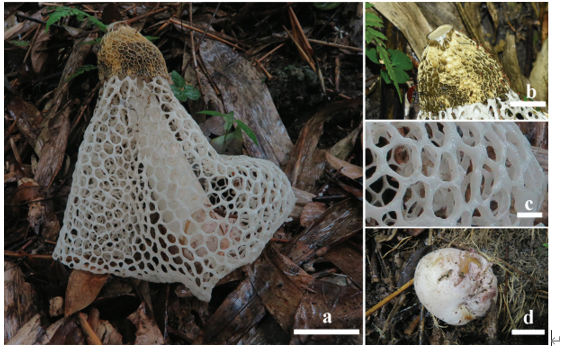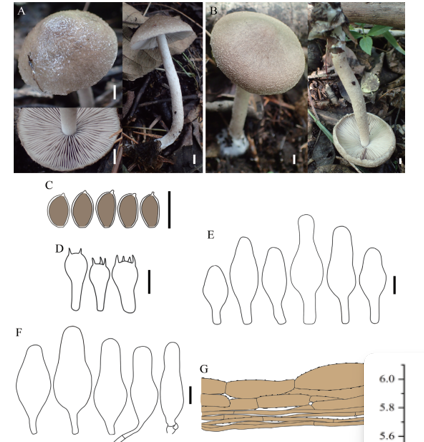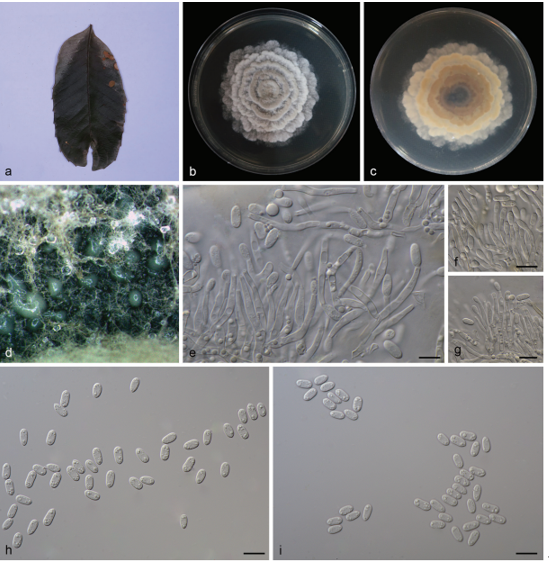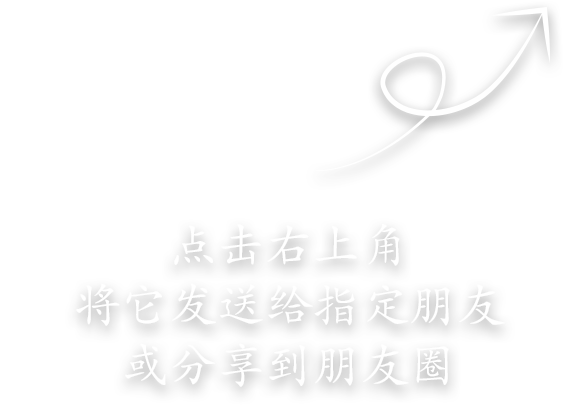Capillidium heterosporum (Drechsler) B. Huang & Y. Nie, comb. nov. 2020
MycoBank No MB831601
Holotype: China, Anhui Province, Plant detritus, 8 Nov 2008, C.F. Wang, RCEF 4430.
Morphological description
Colonies on PDA at 25 °C after 3 d, white, reaching ca. 21 mm in diameter. Mycelia colourless, 5–9 μm wide. Primary conidiophores, colourless, unbranched and producing a single globose conidium with widening upwards, extending to a length of 30–245 μm into the air, 8–17 μm wide. Primary conidia forcibly discharged, colourless, globose to subglobose, measuring 12–37 μm in greatest length and 11–31 μm in total width, including a basal papilla 1.5–5 μm high and 5–12 μm wide. After discharging on to 2% water-agar, similar and smaller secondary conidia arise from primary conidia, 1–6 ellipsoidal secondary conidia (capilliconidia, 10–20 × 12–38 μm) arise from slender conidiophores (50–250 × 2.5–4 μm). Resting spores not observed.
Habitat: unidentified
Distribution: china
GenBank Accession: unidentified
Notes: The ex-type living culture is ATCC 12941 (United States, Maryland, 18 Mar 1952, Drechsler).
Reference: Nie Y, Yu D-S, Wang C-F et al. (2020) A taxonomic revision of the genus Conidiobolus (Ancylistaceae, Entomophthorales): four clades including three new genera.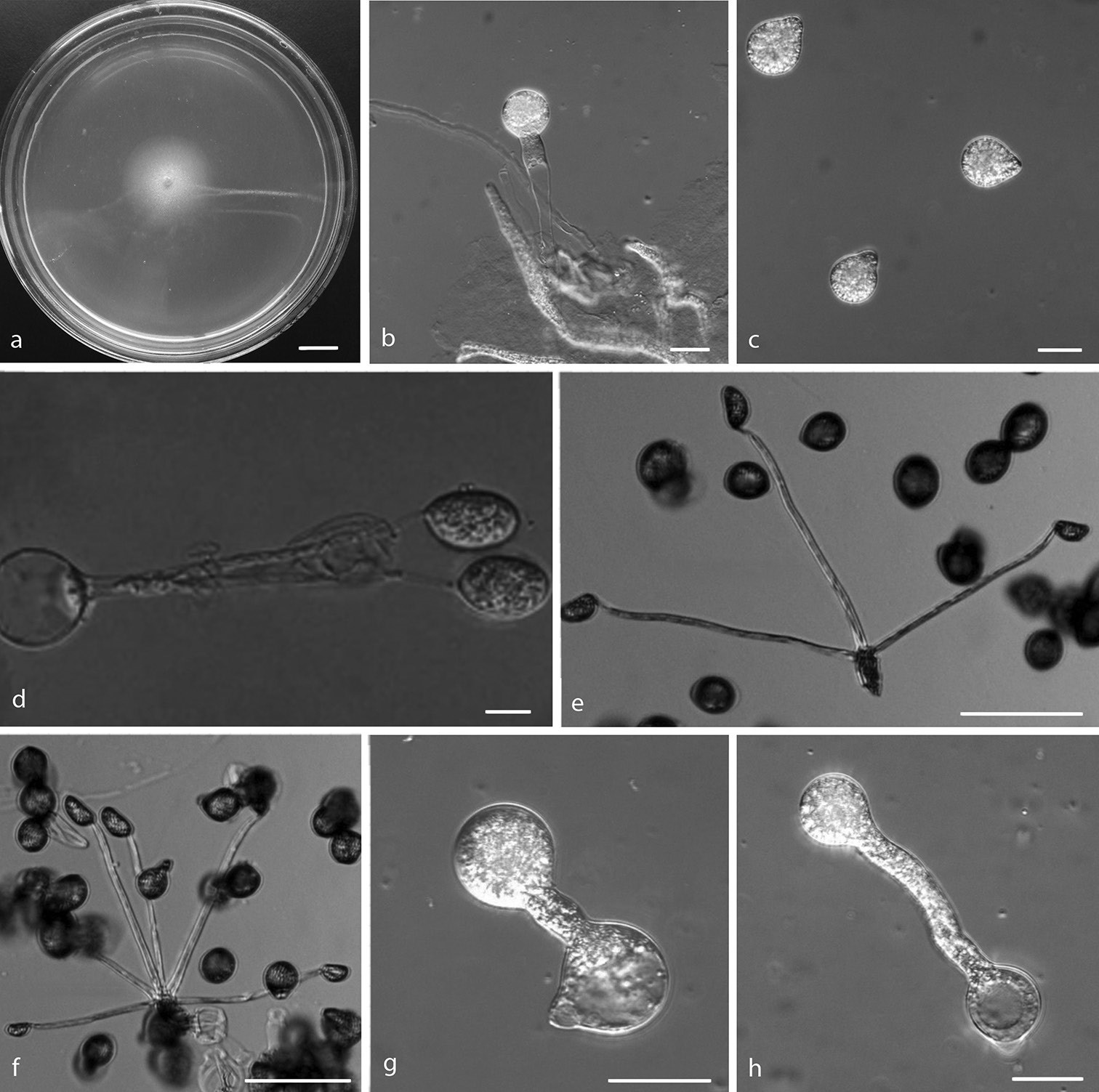
Capillidium heterosporum a colony on PDA after 3 d at 25 °C b primary conidiophores bearing primary conidia c primary conidia d, e, f ellipsoidal secondary conidia arising from slender conidiophores g, h production of secondary conidia. Scale bars: 10 mm (a); 20 μm (b, c, d, g, h); 100 μm (e, f).


